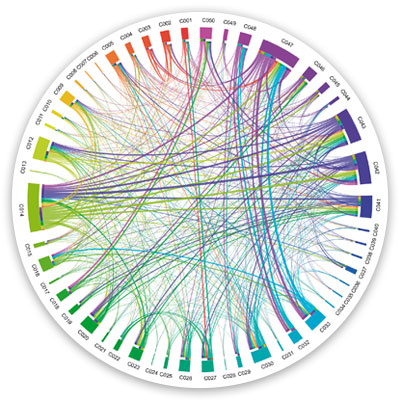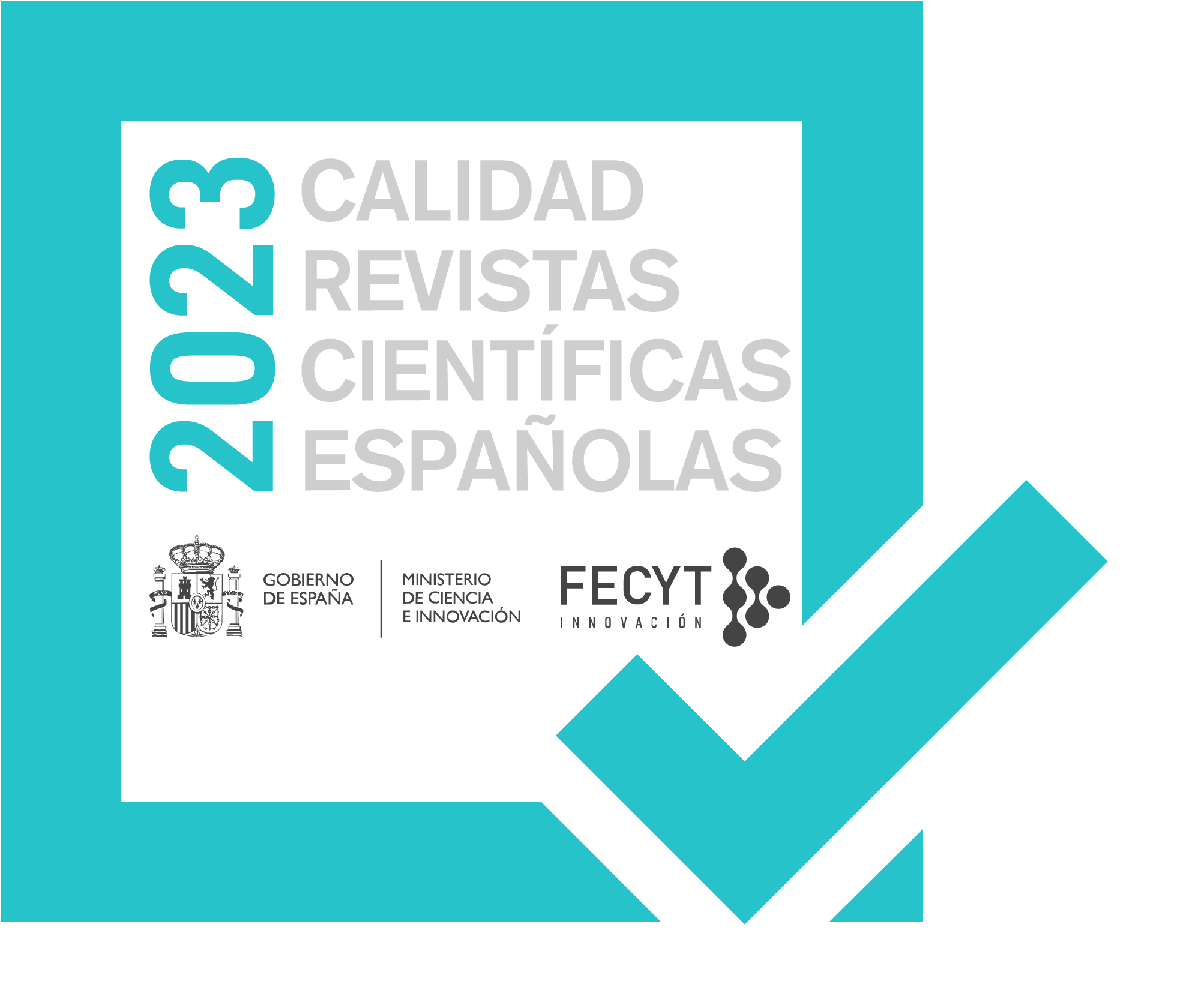Information Visualization for the Hermeneutics of the Ideation Process in Design
DOI:
https://doi.org/10.24310/Idiseno.2022.v17i.13927Keywords:
Information Visualization, Hermeneutics, Ideation, Design Theory, Theoretical SchemeAbstract
The idea is an essential resource in the act of design, but its definition is confusing whether we use it in a didactic way, in the processes that involve praxis or as a mere general term. There are different conceptual and theoretical meanings, some similar and others that differ between authors or design professionals. The different interpretations of the idea and how to generate it lead to a certain vagueness in its definition and therefore to a certain confusion.
The conceptual and theoretical differences found about the term “idea” allowed to select it as the central theme of this research, the location of different sources of information that mention the concept or similar make its analysis complex since the concept is not isolated and interacts with others.
In this research, the Hermeneutical Circle is adopted for the construction of knowledge that is constituted through a continuous process of interpretation and continuous reinterpretation of the information that results in findings that help to understand a phenomenon in a deep way. Information Visualization is used to visually bring the different interactions between concepts closer together, in such a way that they enable a theoretical description of the Ideation Process.
Finally, based on the information displayed, a Theoretical Scheme is proposed that helps to explain the different interpretations, interactions, and relationships that the Ideation Process has with other concepts.
Downloads
Metrics
References
Basabe, C. A. M. (2014). Pedagogía del Diseño. ¿Es enseñable el diseño? Actas de Diseño 17. Facultad de Diseño y Comunicación. Universidad de Palermo, Vol. 17 (Actas de Diseño), 79-89.
Belmonte, M. ?. V., an, E. M., Montiel, M. R., Badillo, R., Boned, J., Mandow, L., & Cruz, J. e. L. P. e. d. l. (2014). Randomness and control in design processes: An empirical study with architecture students. Design Studies, 35(4), 392-411. doi:http://dx.doi.org/10.1016/j.destud.2014.01.002
Bilda, Z., Gero, J. S., & Purcel, T. (2006). To sketch or not to sketch? That is the question. Design Studies, 27(5), 587-613. doi:http://dx.doi.org/10.1016/j.destud.2006.02.002
Dogan, F., & Nersessian, N. (2010). Generic abstraction in design creativity: the case of Staatsgalerie by James Stirling. Design Studies, 31(3), 207-236. doi:http://dx.doi.org/10.1016/j.destud.2009.12.004
Dorta, T., Pérez, E., & Lesage, A. (2008). The ideation gap: hybrid tools, design flow and practice. Design Studies, 29(2), 121-141. doi:http://dx.doi.org/10.1016/j.destud.2007.12.004
Jonson, B. (2005). Design ideation: the conceptual sketch in the digital age. Design Studies, 26(6), 613-624. doi:http://dx.doi.org/10.1016/j.destud.2005.03.001
Kavakli, M., Scrivener, S. A. R., & Ball, L. J. (1998). Structure in idea sketching behaviour. Design Studies, 19(4), 485-517. doi:http://dx.doi.org/10.1016/S0142-694X(98)00012-X
Kurtoglu, T., Campbell, M. I., & Linsey, J. S. (2009). An experimental study on the effects of a computational design tool on concept generation. Design Studies, 30(6), 676-703. doi:http://dx.doi.org/10.1016/j.destud.2009.06.005
Lucio, C. I. R. g. (2013). Originalidad en la cultura de la copia: la originalidad en el proceso creativo. Actas de Diseño 15. Facultad de Diseño y Comunicación. Universidad de Palermo, Vol. 15(Actas de Diseño), 147-153.
Marzal, J. A., Más, J. A. D., Cuesta, S. A., & Fiszman, B. P. (2013). An exploratory study on the use of digital sculpting in conceptual product design. Design Studies, 34(2), 264-284. doi:http://dx.doi.org/10.1016/j.destud.2012.09.001
McGown, A., Green, G., & Rodgers, P. A. (1998). Visible ideas: information patterns of conceptual sketch activity. Design Studies, 19(4), 431-453. doi:http://dx.doi.org/10.1016/S0142-694X(98)00013-1
Menezes, A., & Lawson, B. (2006). How designers perceive sketches. Design Studies, 27(5), 571-585. doi:http://dx.doi.org/10.1016/j.destud.2006.02.001
Murillo, J., Torre, G. d. l., Carlo, E. D., Santana, A. F., Carvajal, H. O., Vega, C. R., . . . Torres, J. T. (2016). Teoría Fundamentada o Grounded Theory. Facultad de Fromación del Profesorado y Educación. Universidad Autónoma de Madrid. Madrid. Retrieved from http://mastor.cl/blog/wp-content/uploads/2016/01/Teoriafundamentada.-Una-sintesis.-pdf.pdf
Navarro, A. n. J. G. l. (2014). La?piz vs. Mouse: ¿El fin de lo artesanal? Universidad de Palermo, Facultad de Diseño y Comunicación, 23(Reflexión Académica en Diseño & Comunicación y Sociedad.), 56-57.
Ortega, R. (2014). Metodología para la ilustración desde el pensamiento creativo. Actas de Diseño 17. Facultad de Diseño y Comunicación. Universidad de Palermo, Vol. 17(Actas de Diseño), 245-248.
Prats, M., Lim, S., Jowers, I., Garner, S. W., & Chase, S. (2009). Transforming shape in design: observations from studies of sketching. Design Studies, 30(5), 503-520. doi:http://dx.doi.org/10.1016/j.destud.2009.04.002
Ruiz, L. R. V. (2006). Creatividad en el disen?o: De la idea al concepto. Actas de Diseño 1. Facultad de Diseño y Comunicación. Universidad de Palermo, Vol. 1(Actas de Diseño), 34.
Sarkar, P., & Chakrabarti, A. (2011). Assessing design creativity. Design Studies, 32(4), 348-383. doi:http://dx.doi.org/10.1016/j.destud.2011.01.002
Stones, C., & Cassidy, T. (2010). Seeing and discovering: how do student designers reinterpret sketches and digital marks during graphic design ideation? Design Studies, 31(5), 439-460. doi:http://dx.doi.org/10.1016/j.destud.2010.05.003
Tapiero, G. n. T., Valencia, M. S. n., & Ota?lora, J. S. r. (2006). Pensamiento analo?gico por Modelos P.A.M. Desarrollo de la creatividad en el disen?o Producto latinoamericano con identidad. Actas de Diseño 2. Facultad de Diseño y Comunicación. Universidad de Palermo, Vol. 2(Actas de Diseño), 229-233.

Downloads
Published
How to Cite
Issue
Section
License
Aquellos autores/as que tengan publicaciones con esta revista, aceptan los términos siguientes:- Los autores/as conservarán sus derechos de autor y garantizarán a la revista el derecho de primera publicación de su obra, el cuál estará simultáneamente sujeto a la Licencia de reconocimiento de Creative Commons que permite a terceros compartir la obra siempre que se indique su autor y su primera publicación esta revista.
- Los autores/as podrán adoptar otros acuerdos de licencia no exclusiva de distribución de la versión de la obra publicada (p. ej.: depositarla en un archivo telemático institucional o publicarla en un volumen monográfico) siempre que se indique la publicación inicial en esta revista.
- Se permite y recomienda a los autores/as difundir su obra a través de Internet (p. ej.: en archivos telemáticos institucionales o en su página web) antes y durante el proceso de envío, lo cual puede producir intercambios interesantes y aumentar las citas de la obra publicada. (Véase El efecto del acceso abierto).






14.png)



